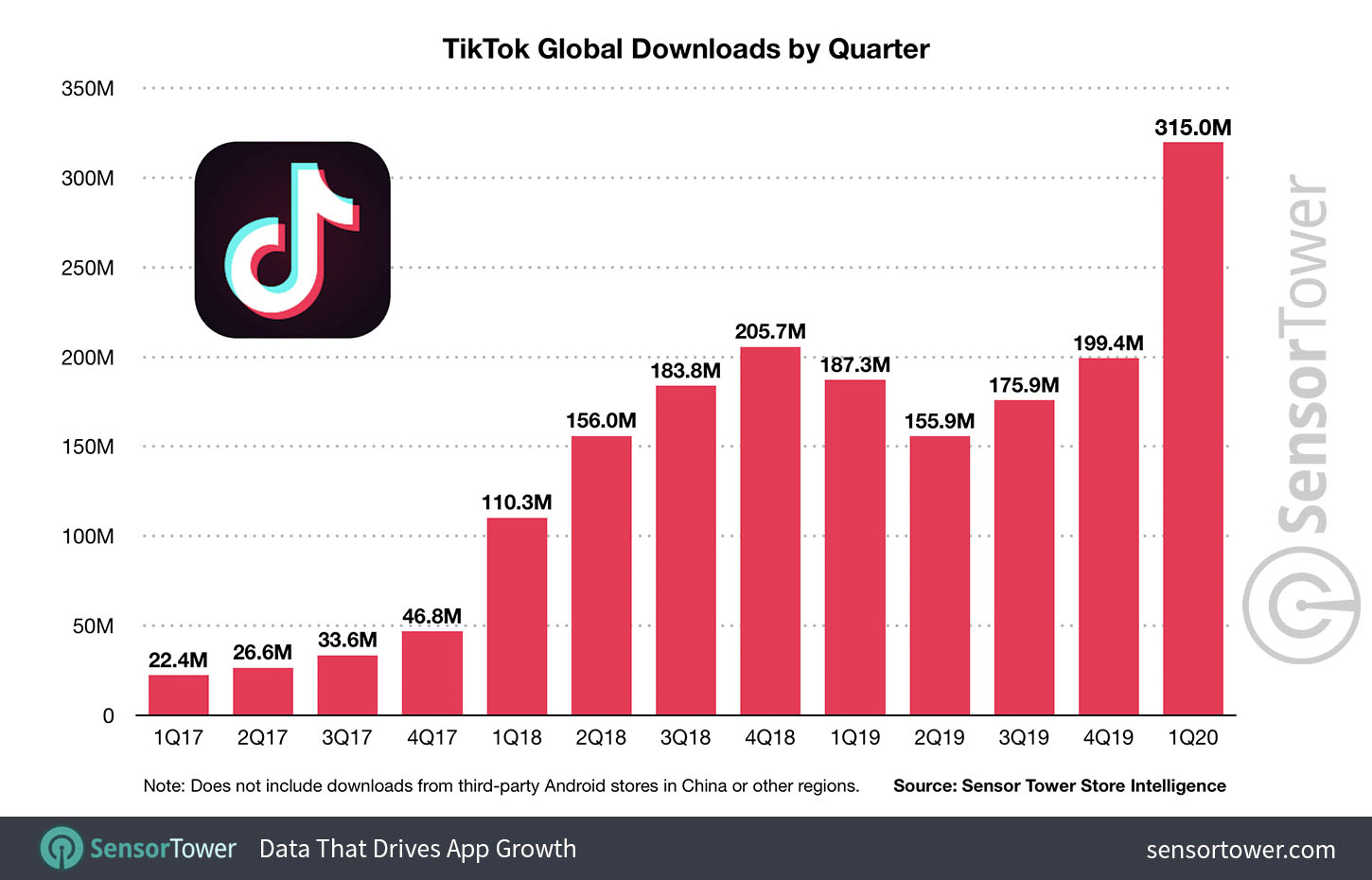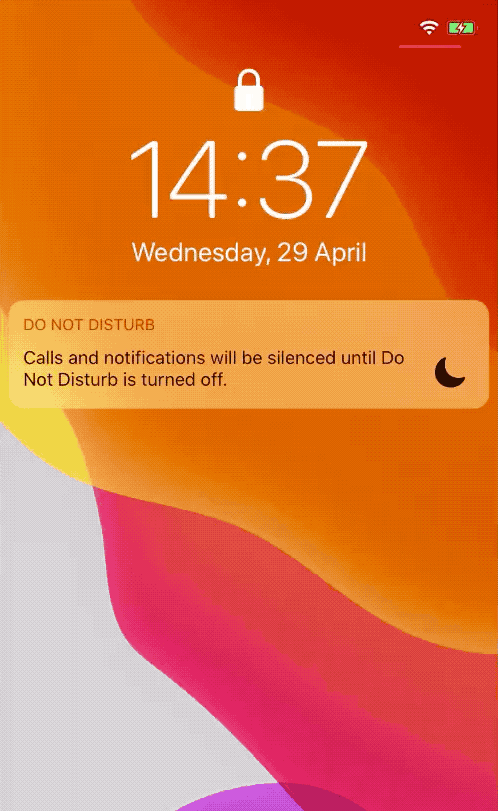More posts by this contributor
Every time we realize something new about the coronavirus, it’s always worse than we thought: maybe we don’t develop immunity to it; maybe six feet of social distancing isn’t far enough; maybe the spread won’t wane in warmer weather.
Every time we realize something new about the economy, it’s equally bleak: maybe we can’t safely reopen for months (Georgia and South Carolina notwithstanding), maybe unemployment will top Great Depression levels, maybe travel won’t resume till mid-2021, maybe most of the businesses who have shuttered their doors will never return.
But like everything in life, within all of the bad, there’s usually some good too. And for businesses who have to deal with regulation, this may be an unusually good time to get what you need.
The federal government does not have to balance its budget, which is why multi-trillion dollar legislation like the CARES Act is possible. But cities and states have to produce a budget every fiscal year that at least looks balanced on paper. In good times, that leads to lots of new spending. But in bad times, it requires a painful series of cuts, tax and fee increases and tough decisions that are normally avoided by politicians at all costs. All of that creates opportunity for startups.
Local government will desperately need new sources of revenue. Figuring out what a politician is going to do isn’t that difficult: identify the choice with the least political downside and that’s almost always the answer. That’s why controversial policy issues like legalizing mobile sports betting or recreational marijuana often stall in state legislatures when the budget is flush (disclosure, we’re investors in FanDuel). But now, lawmakers face a very different situation: to balance the budget, they will either need to enact deep spending cuts, raise fees and taxes, or find new sources of revenue. All of a sudden, legalizing gambling and drugs doesn’t seem so risky, politically or substantively.
Any company that can offer material new tax revenues can now see their product or service legalized and permitted in a fraction of the time it would normally take. Companies who can offer direct savings to government can now secure contracts and win procurements at a rapidly faster clip. A broke government is a friendly government. This is the moment to be aggressive.
It was less than a year ago when Amazon tried to build its second headquarters in New York City.
Despite strong support from Governor Andrew Cuomo and tepid support from Mayor Bill de Blasio, the project was widely derided as an unfair corporate boondoggle and Amazon was swiftly run out of town. In good economic times, voters have the luxury of focusing on issues that aren’t critical to their own day-to-day survival and politicians have the luxury of saying no to new jobs and tax revenue to try to score points with the base.
Not anymore. Startups in blue cities and states up and down both coasts have vastly more political leverage than they’ve had in years. Issues like privacy, worker classification reform and fears of AI are all about to take a back seat to pocketbook issues like jobs, crime and access to health care. Startups who can promise to retain jobs can now drive meaningful changes on policy, regulation, permitting, zoning, licensing and everything else they need to operate.
Startups that can offer solutions to living in a pandemic (digital payments, D2C, telemedicine, teleconferencing, tele-anything) will become shiny new toys that lawmakers want to be seen with. Delivery drones, autonomous cars, at home medical testing and other concepts that seem a little edgy will now become ideas that lawmakers have to seriously consider – if a new technology could potentially save lives during a pandemic, you really don’t want to be the politician who killed the idea.
Proposals to screw with startups won’t automatically become the top priority for the San Francisco Board of Supervisors. Facebook even now has a much stronger argument to lobby for Libra (no one in this climate wants to use cash if they can help it). The power dynamic just flipped on its head. But that only works if you understand it and take advantage of it.
In the continual debate over whether tech startups should ask government for permission or beg for forgiveness over the last few years, the zeitgeist has shifted significantly towards asking for permission. The tech-lash against Facebook, Google, Amazon, Apple and Twitter created regulatory headaches for virtually every tech company, even some early stage startups.
All of that just changed. Regulators and lawmakers now have far bigger things to worry about than whether an electric scooter needs a particular type of permit. And if saying no to new ideas from new companies means turning away desperately needed jobs and tax revenue, for all of the same reasons that it was politically salient for lawmakers to reclassify all California sharing economy workers as full time employees or reject Amazon’s overtures or limit the spread of homesharing, the opposite is now true.
Now you get points for creating jobs and avoiding spending cuts. Now you’re far more reticent to tell a constituent that they can’t make a few extra bucks by renting out a room (assuming anyone ever travels again). The label of job killer will start to become politically toxic, even in the most progressive wards, districts and neighborhoods in the bluest cities on each coast. The dynamic is clearly shifting back to begging for forgiveness (don’t be stupid and do things that are clearly illegal but interpreting gray areas of regulation as friendly is now a lot easier).
Unlike the financial crisis in 2008, businesses are not the culprit here. Tech companies are actually even some of the heroes of fighting the coronavirus. But most important, being punitive towards startups is no longer a clear political winner, even in the most liberal cities and states. Even if it seems counterintuitive, now is exactly the time for startups to aggressively seek policy change and regulatory relief.
Politics is about leverage. Startups now have it. They should take advantage of it before things change again.


from Apple – TechCrunch https://ift.tt/3d363O3


